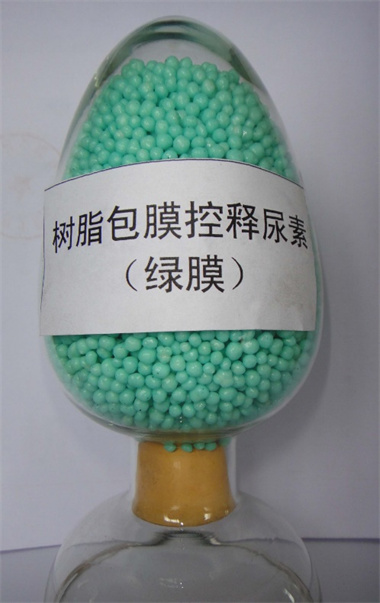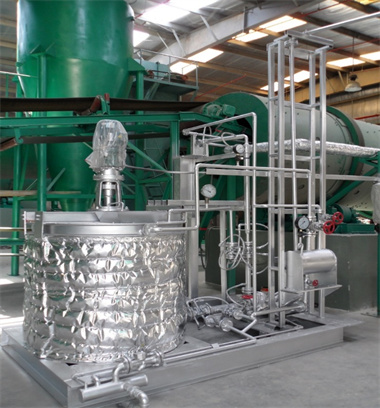
Product introduction
Controlled release fertilizer is a new type of fertilizer that can slow down or control the rate of nutrient release. In a broad sense, slow - release fertilizer includes slow - release fertilizer and controlled - release fertilizer. "Slow release" means that the release rate of chemical nutrient is much lower than that of instant fertilizer, and the release rate of chemical nutrient into plant effective state after application in soil; "Controlled release" refers to the regulation mechanism to make the nutrient release in accordance with the set release mode (release rate and release time) and the law of nutrient absorption by crops. Therefore, organic nitrogen compound fertilizers that can be decomposed biologically or chemically are usually called slow-release fertilizers, while coated fertilizers that are not sensitive to factors such as biological and chemical actions are usually called controlled release fertilizers.
Process introduction:
Using polymer emulsion as raw material, it has the characteristics of simple process and green film process, which can fundamentally solve the problem of pollution and recovery of toxic organic solvent in the existing coating process, and use the conversion of preheating spraying process to produce slow and controlled release fertilizer.
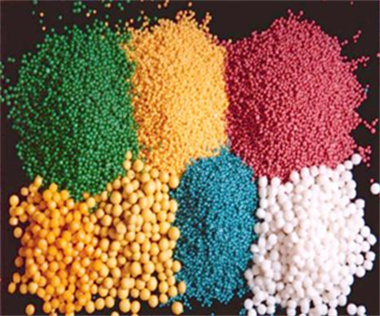
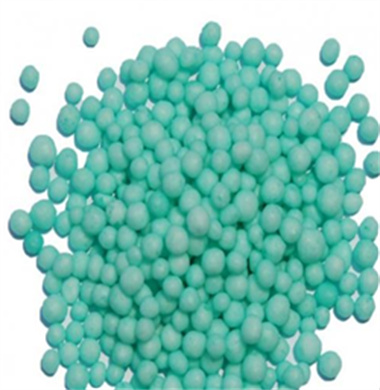
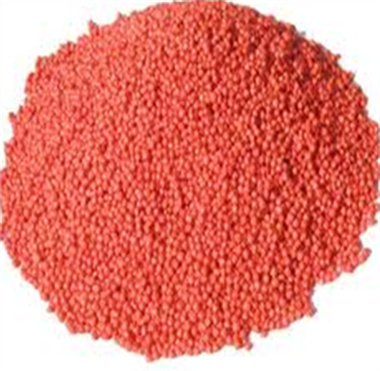
Process characteristics:
Granular material and liquid sustained-release agent automatic matching to achieve continuous production, simple and practical process, large production capacity, low consumption; The appearance of the finished product retains the characteristics of crystal and transparent raw materials, uniform color and round particles.
What are the advantages and disadvantages of slow release fertilizer compared with ordinary fertilizer?
Advantages:
First, improve the utilization rate of chemical fertilizer and reduce the amount of chemical fertilizer. Because controlled release fertilizer has slow release effect, it can reduce the gas and leaching loss of fertilizer, so as to improve the utilization efficiency of fertilizer. The experimental data showed that controlled release fertilizer could double the utilization rate of fertilizer from 35%, reduce the nitrogen loss rate significantly, and save 30%-50% of nitrogen use.
The second is to reduce the number of fertilization, save labor. Due to the lack of labor in rural areas or due to water shortage, water supply is not timely and other reasons, crop fertilization is increasingly simplified, crop one-time fertilization has been quite common. At present, the disposable fertilizers sold in the market are mainly quick-acting and high-nitrogen compound fertilizers, which have the risk of flourishing in seedling stage or defertilizing in later stage. However, controlled release fertilizer can be designed according to the release pattern of fertilizer in the growing season of crops, so that the release rule of fertilizer nutrient is consistent with the absorption of crop nutrient, and one-time fertilization can meet the needs of the whole growing season of crops.
Controlled release fertilizer can also be used for no-tillage and soilless cultivation, seeds and fertilizer planted together, irrigation can be very convenient. Now many soilless cultivation irrigation solution. Sometimes nutrient solution is not good, seedling growth is not good, using controlled release fertilizer to solve this problem.
Third, it can reduce crop diseases and improve the quality of agricultural products. Crop diseases and product quality are related to the amount of nitrogen fertilizer. The application of controlled release fertilizer can prevent the excessive absorption of nitrogen by crops, so as to inhibit the disease and improve the quality.
